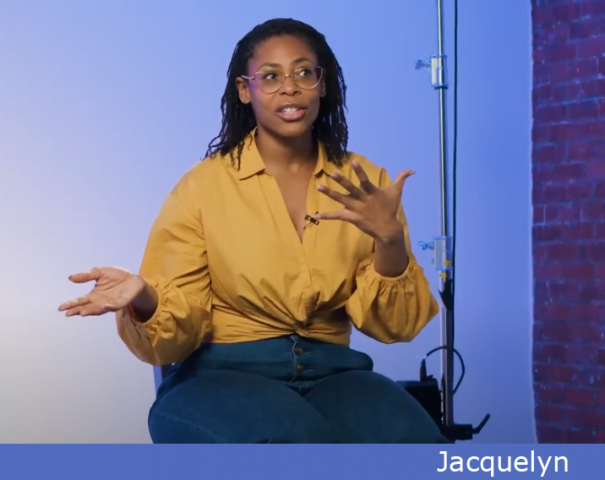
More Americans Are Upper Middle Class
Yes, income inequality has risen dramatically over the past 35 years. But something else has happened that might surprise you.
The size of the upper middle class is expanding, as Americans migrate up from the ranks of the middle class and poor, according to a new analysis from the Urban Institute.

Economist Stephen J. Rose uncovered this finding by defining how much income families needed in 1979, just before inequality really took off, to be counted as rich, upper middle class, middle class, lower middle class, or poor. He anchored his class divisions largely around incomes relative to the federal poverty level. For example, he set the income floor for the upper middle class at five times the poverty level. He then used U.S. Census Bureau survey data to estimate the share of American families falling into each income tier in 1979 and in 2014, with incomes adjusted for inflation.
His analysis shows that 29 percent today fall under his definition of upper middle class, which is incomes between $100,000 and $350,000 in 2014 dollars for a family of three – more than double the 13 percent who were upper middle class in 1979.
Over the same 35-year period, the share of Americans in all other classes, except the rich, declined. The middle class shrank from 39 percent of the population to 32 percent, the lower middle class shrank from 24 percent to 17 percent, and the ranks of the poor declined from 24 percent to nearly 20 percent.
Responding to the issue of inequality, Rose said he wants to “expand the definition – it’s not just the
1 percent versus everybody. It’s the top 30 percent versus the bottom 70 percent.”
Income in his study includes wages, salaries, investment earnings, Social Security benefits, and cash assistance for the poor. It is effectively a measure of the family’s standard of living – and the standard of living of Americans has improved since the 1980s, Rose said.
One obvious explanation is the increase in the share of Americans holding a college or professional degree and working in business offices or in fields such as healthcare and education, he said.
But Rose said his findings don’t negate the real tensions that exist today among the classes. While more Americans than ever are upper middle class, his analysis also shows disproportion income growth since 1979 for them and the rich, compared with everyone else.
Today, the middle class, lower-middle class and poor now receive a much smaller share of the total incomes earned by all Americans than they did in 1979, while the upper middle class receives more than half of all incomes – up from 30 percent in 1979. This pattern is partly being driven by the growth in the size of the upper middle class but is also due to the faster income growth at the top, Rose said.
He explains the dissatisfaction of the 70 percent with their financial situations as “the Audi effect.” In newspaper ads, on television, at the Apple store, “People in the middle are inundated with what the upper middle class has,” he said.
Generally, people have bigger houses and have cell phones and computers and are better off. “But it doesn’t feel that way,” Rose said.
To stay current on our Squared Away blog, we invite you to join our free email list. You’ll receive just one email each week – with links to the two new posts for that week – when you sign up here.
Comments are closed.







Not adjusted by age.
I think you will find that the share of those currently over age 60 that are upper middle class is much higher than in 1979.
And for those born later, the share is going down generation by generation.
You have the richest generations in U.S. history now age 60 and up.
Are these figures inflation adjusted?
Yes Chris, these income figures for 1979 and 2014 are adjusted for inflation.
Thanks for the question. We love questions!
Kim (blog writer)